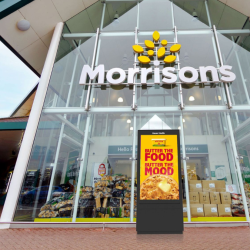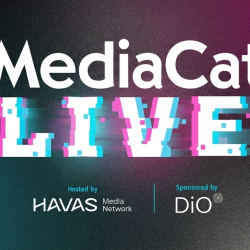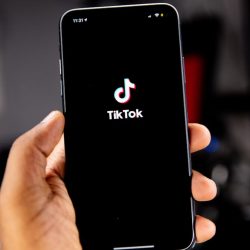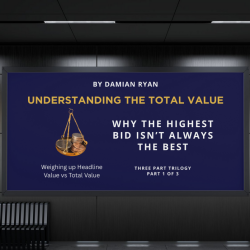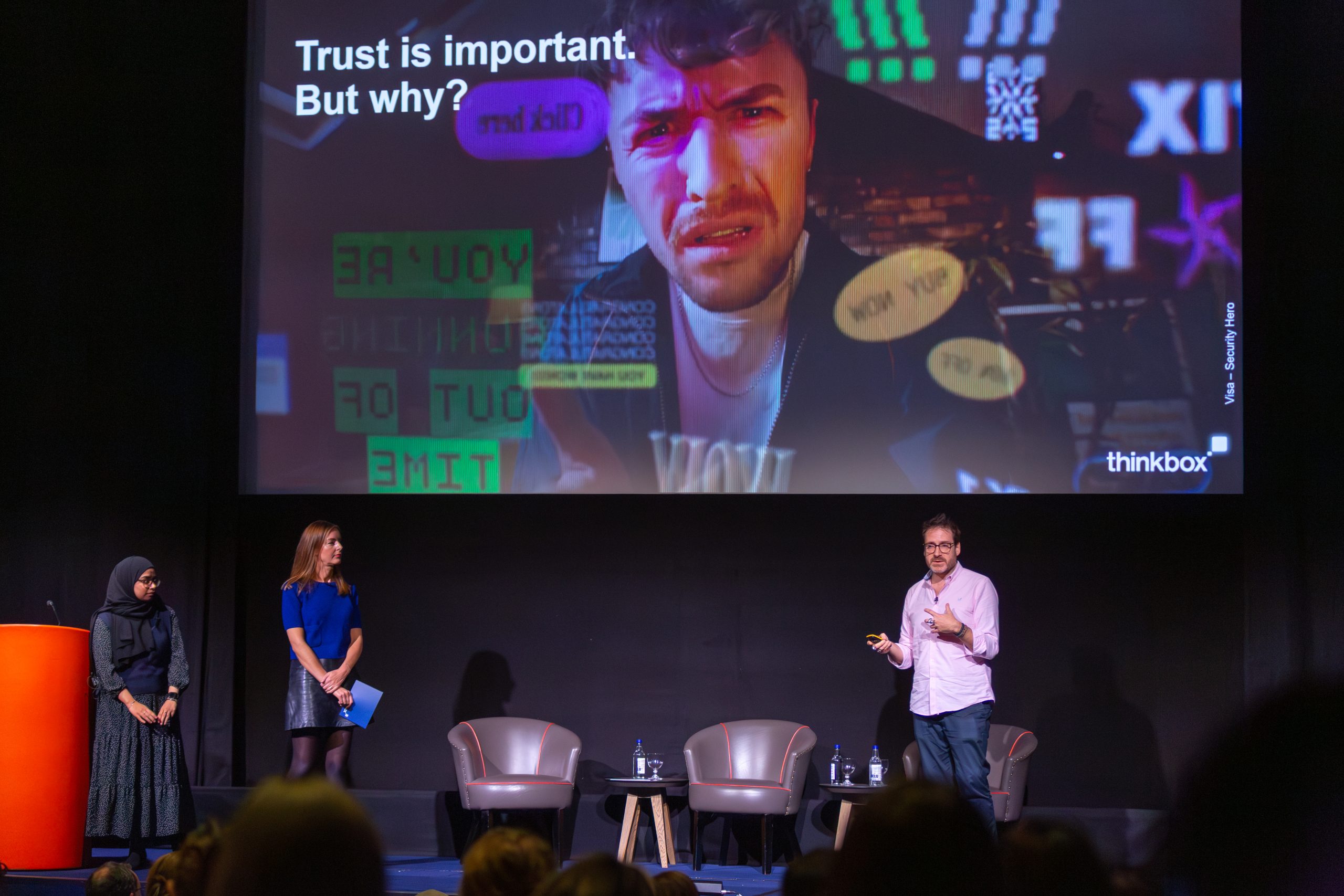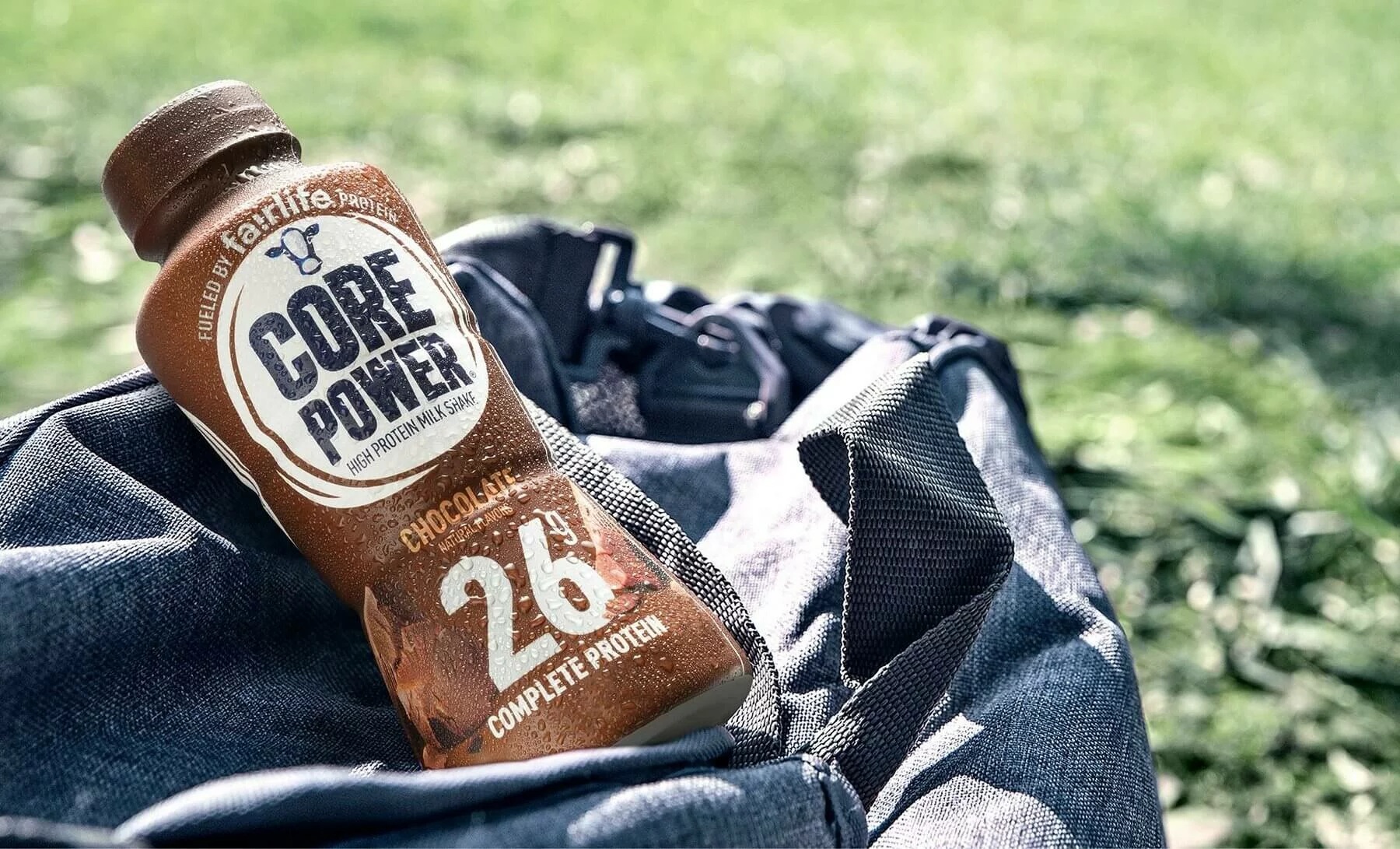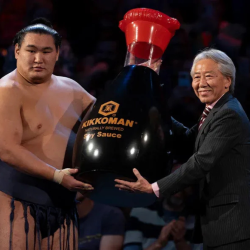The reality of organic content in 2025 is that the reach is tiny. If you’re lucky, a few thousand people may see your work. More likely, it’ll be a few hundred. Yet brands continue to prioritise organic influencer marketing while ignoring a far more effective method of delivering brand messages to social media audiences — whitelisting.
Whitelisting (also known as creator licensing or influencer boosting) is a paid social strategy where brands run ads under an influencer’s handle, borrowing the creator’s reach while maintaining full control over targeting, budget, and performance tracking.
To the consumer, the ad still appears to be coming from the influencer. But behind the scenes, the brand is calling the shots, optimising for conversions, and ensuring that the content actually delivers a return on investment.
I’ve been doing this extensively for years, and the results speak for themselves: cost per actions (CPAs) are consistently 30% lower than standard brand-run ads—sometimes even 50% lower. More efficient spend. More reach. More revenue.
More brands would have discovered this by now if they weren’t so hesitant to give influencers access to their ad accounts, nervous about using someone else’s voice in their paid strategy, worried about ‘losing ownership’ of the content.
But the reality is that by clinging to control, brands are sacrificing performance. The real value in influencer content isn’t in that one organic post, but in the ability to scale it, and scaling only happens when you put paid spend behind it.
If you’re not whitelisting influencer content, you’re leaving money on the table. You’re letting top-tier creative waste away in low-reach organic posts when you could be using it to drive conversions at scale.
And not only does whitelisting save brands money by amplifying existing content — rather than requiring more expensive brand-shot ads — it takes advantage of other dynamics at play on social media platforms.
As Unilever’s new CEO, Fernando Fernandez, said in an interview earlier this month, consumers don’t trust brand-run ads. They scroll past them. They tune them out. But influencer content? That’s different.
People follow influencers because they like them, trust them, and engage with their content organically. By whitelisting, you tap into that trust while still maintaining full control over targeting, spend, and performance tracking.
Meta, TikTok and YouTube all now support whitelisting, and they’re pushing brands to use it because it makes the user experience better.
Think about it. Traditional brand ads interrupt the feed. They stand out. They feel like ads. But whitelisted content blends in seamlessly — it looks just like an organic post, except it has the power of paid media behind it.
Social platforms want brands to use influencer content because it makes ads feel more native. And if the platforms are prioritising it, you can bet that brands who don’t adopt this strategy will fall behind.
How to get started with whitelisting
If you’re still relying solely on organic influencer content, it’s time to rethink your strategy. Here’s how to get started with whitelisting:
- Identify your best-performing influencer content: Which posts had high engagement? Which ones resonated with your audience?
- Secure creator licensing: Most influencers are open to it — it means more exposure for them, too.
- Run ads through their handles: Target the right audience, optimise for performance, and scale what works.
- Monitor and optimise: Track results, tweak your strategy, and double down on what’s driving the best CPAs.
It’s really not that complicated. The hardest part is letting go of the old way of doing things and leaning into what actually works.
Hannah Cooke is head of growth at Charlie Oscar
Main image by Ben Sweet on Unsplash


